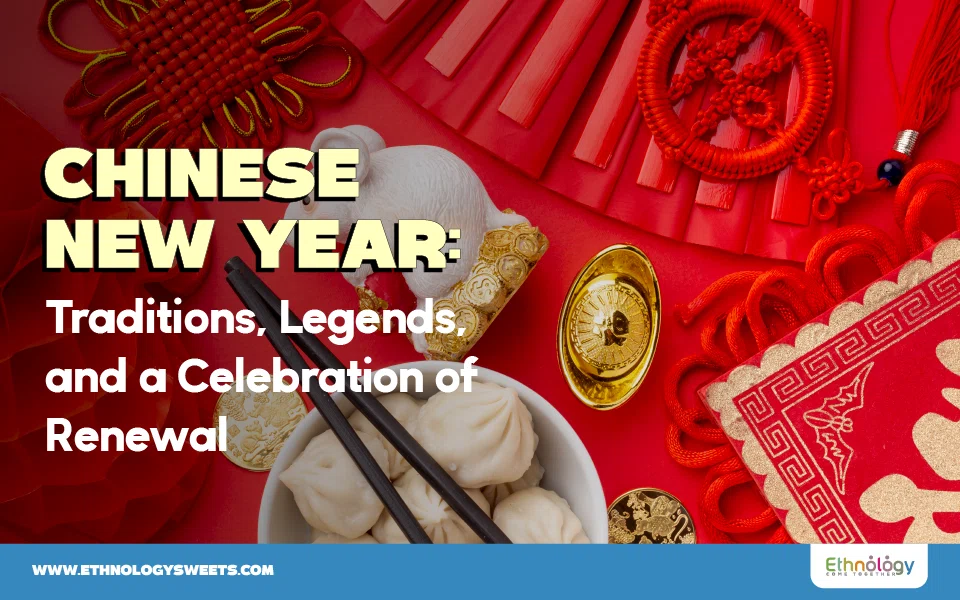Chinese New Year, also known as Lunar New Year or Spring Festival, is the most important festival in China and in 2025 it is celebrated on January 29.
Chinese New Year festival is about 3,500 years ago. It has evolved over a long period of time and its customs have undergone a long developmental process.
The date of the Chinese New Year is determined by the lunar calendar. The holiday falls on the second new moon after the winter solstice on December 21. Each year the New Year in China falls on a different date than on the Gregorian calendar. The dates usually range sometime between January 21 and February 20.
The Chinese New Year is popularly known as the Spring Festival in China. Even though it is winter. This marks the end of winter and the beginning of spring.
The Spring Festival represents the desire for a new life.
The legend of the origin of the Chinese New Year is full with stories and myths. The most popular is about the mythical beast Nian (Year). He used to ate livestock, crops, and even people on the eve of a new year.
To prevent the mythical beast from attacking people and destroying, people put food at their doors.
Nian weakness was discovered by an old wise man. He said that the beast was scared of loud noises (firecrackers) and the color red. So, people put red lanterns and red scrolls on their windows and doors to stop him from coming inside. Crackling bamboo (later replaced by firecrackers) was lit to scare Nian away.
Chinese New year through different Dynasties
- The spread and beginning of Chinese new year in the Shang Dynasty was around (1600–1046 BC), when people held sacrificial ceremonies in honor of gods and ancestors at the beginning or the end of each year.
- On the other hand, The term Nian first appeared in the Zhou Dynasty (1046–256 BC). It had become a custom to offer sacrifices to ancestors or gods, and to worship nature in order to bless harvests at the turn of the year.
- The first day of the first month in the Chinese lunar calendar, was fixed in the Han Dynasty (202 BC – 220 AD). Certain celebration activities became popular, such as burning bamboo to make a loud cracking sound.
- In the Wei and Jin dynasties (220–420 AD), apart from worshiping gods and ancestors, people began to entertain themselves. The customs of a family getting together to clean their house, having a dinner, and staying up late on New Year’s Eve originated among common people. From 1900 until our time.
Abolition of chinese new year
In 1912, the government decided to abolish Chinese New Year and the lunar calendar. It adopted the Gregorian calendar instead and made January 1 the official start of the New Year.
After 1949, Chinese New Year was renamed the Spring Festival. It was listed as a nationwide public holiday.
Nowadays, many traditional activities are disappearing but new trends have been generated. CCTV (China Central Television) Spring Festival Gala, online shopping, WeChat red envelopes, and overseas travel make Chinese New Year more interesting and colorful.
Let’s enjoy Chinese traditions around the world with a trip to Ethnology sweets from different countries.




